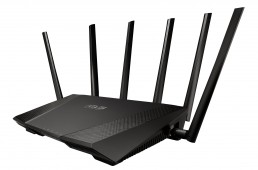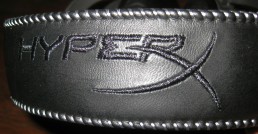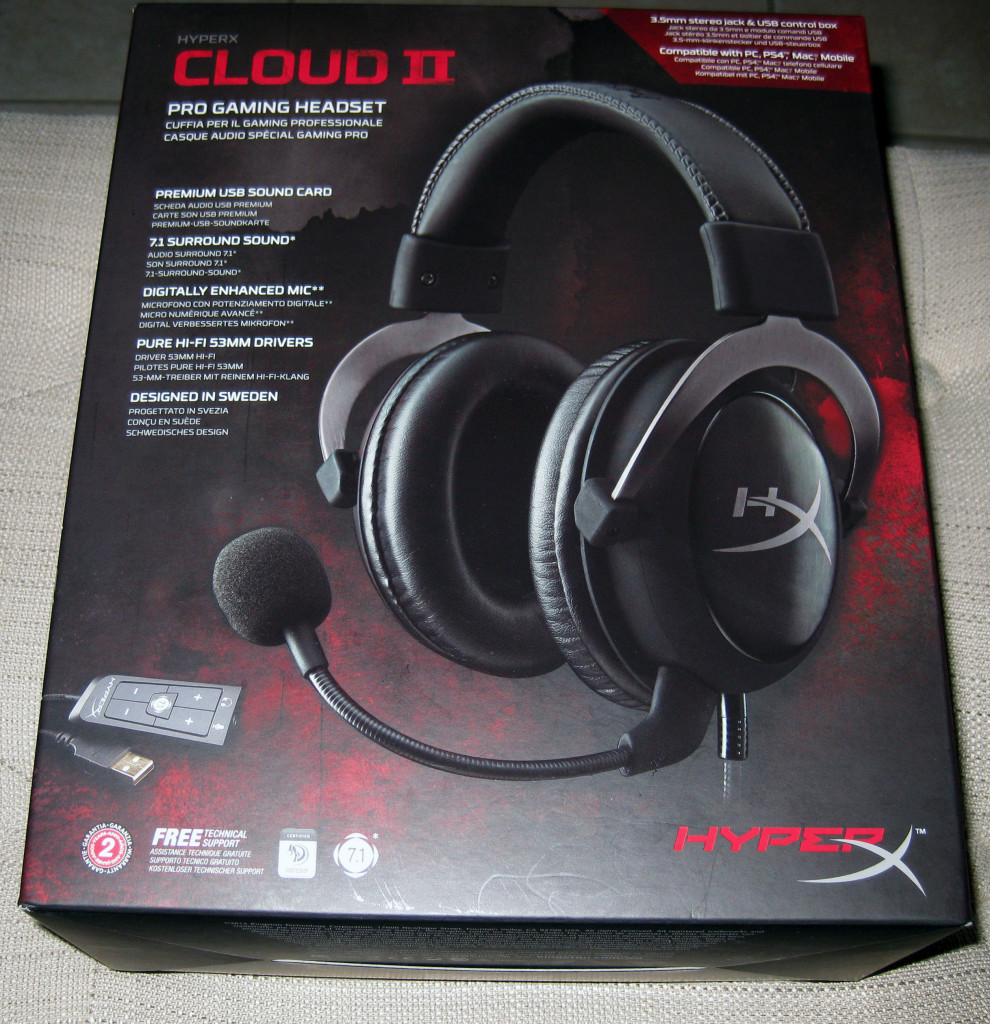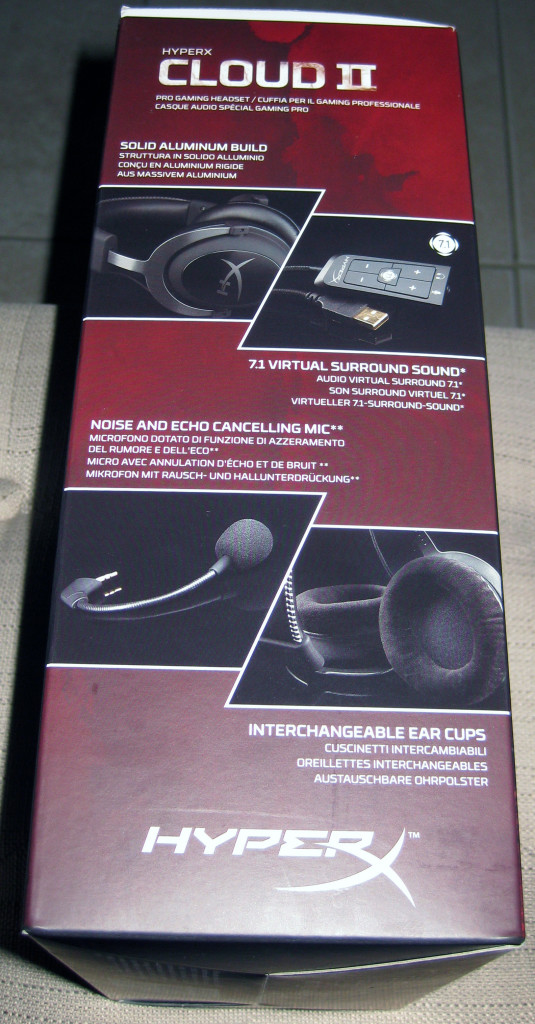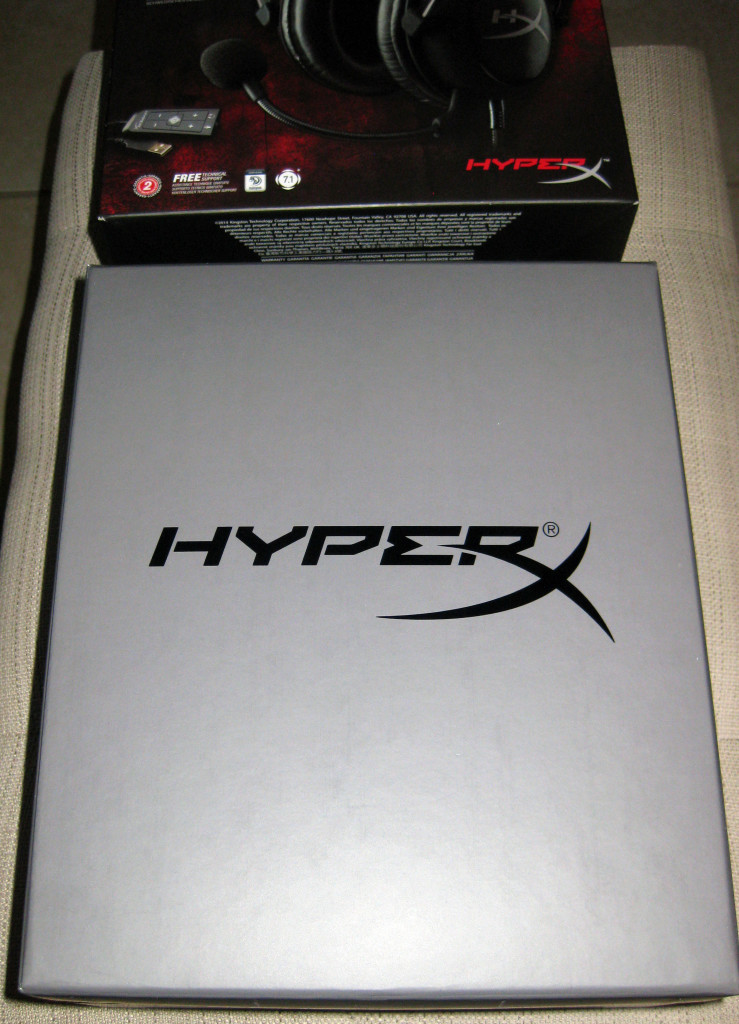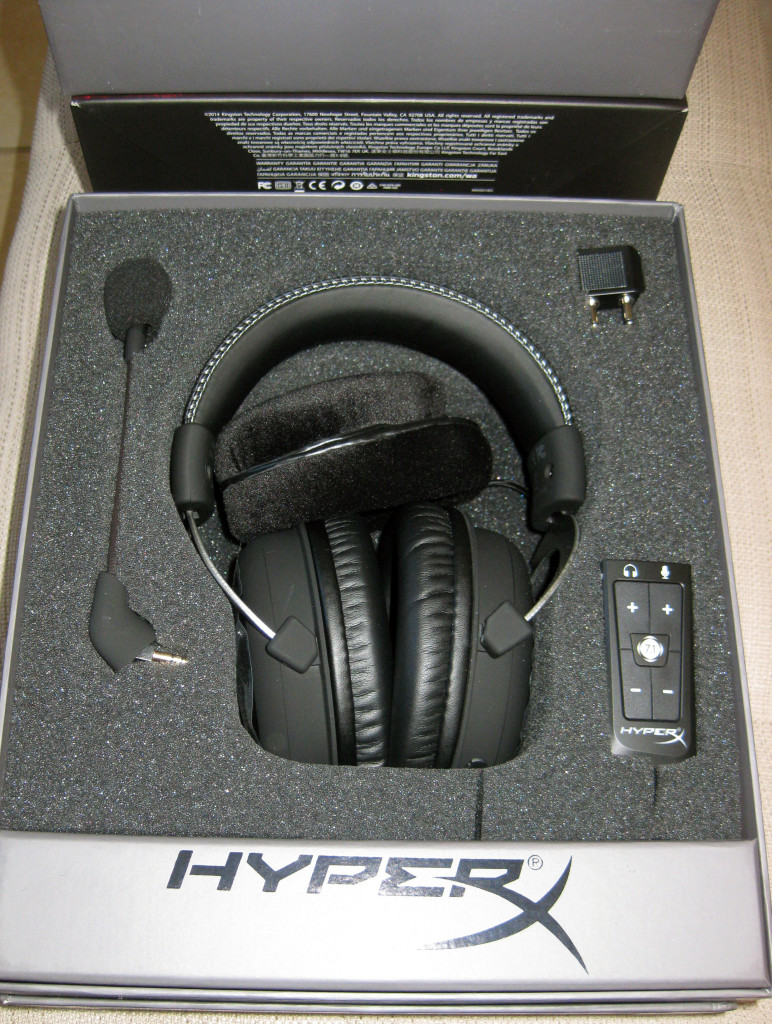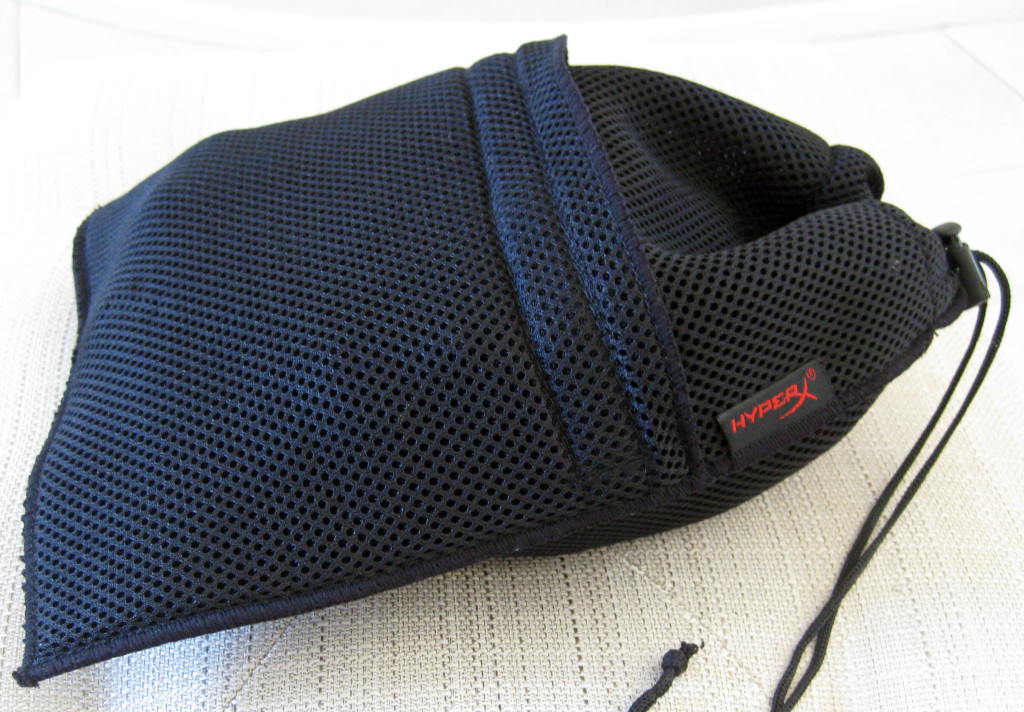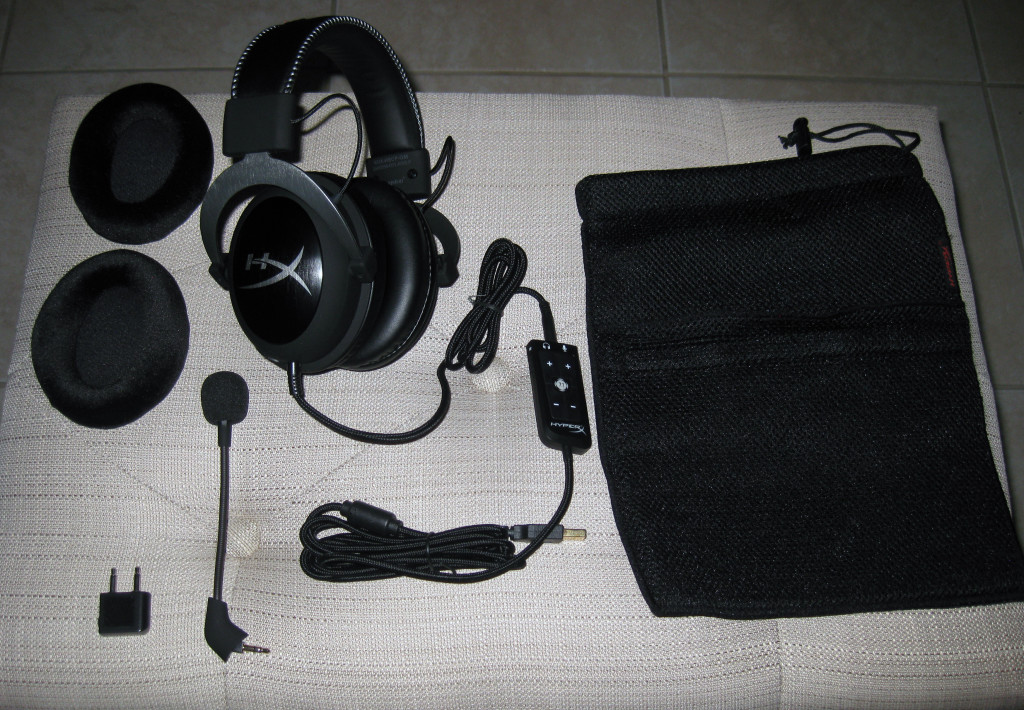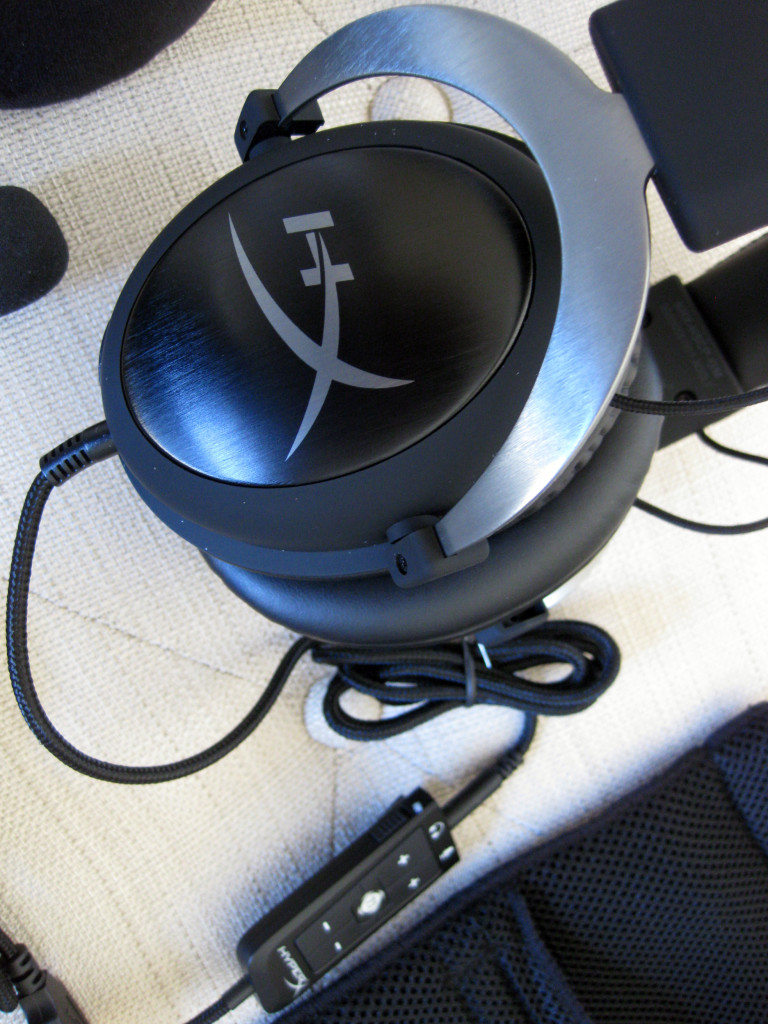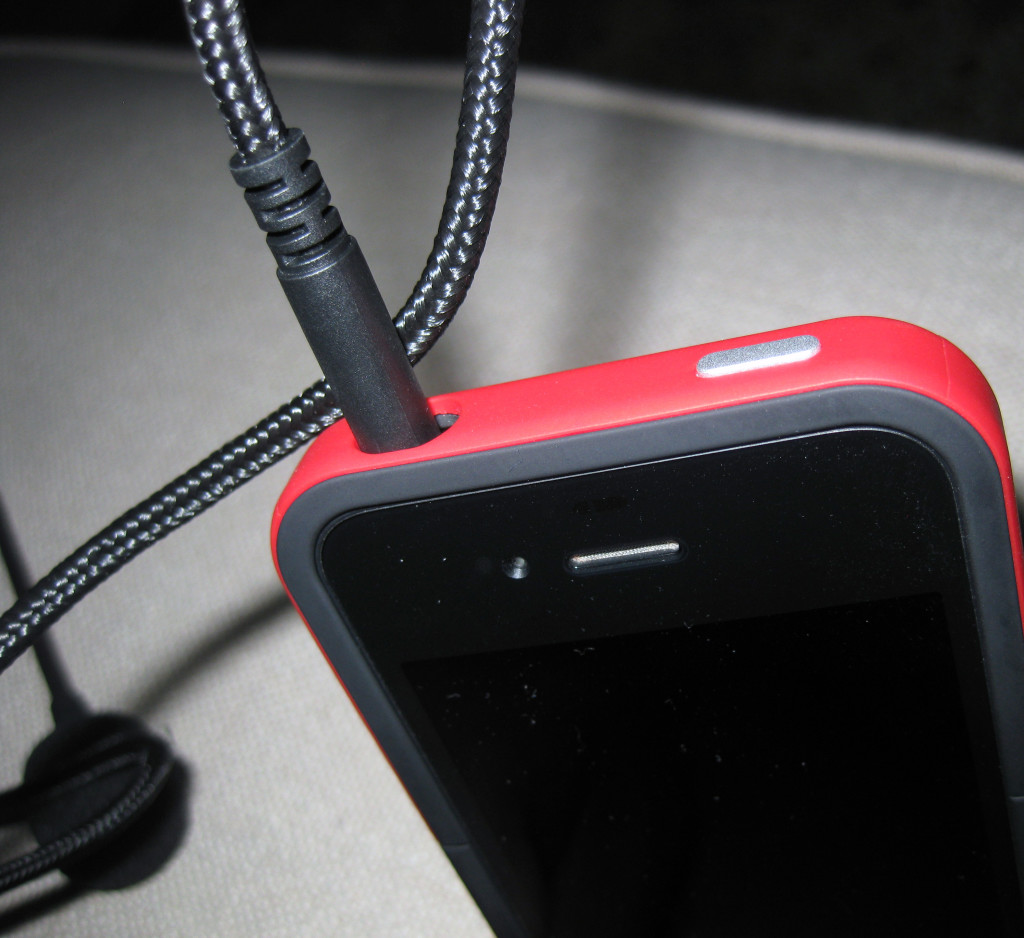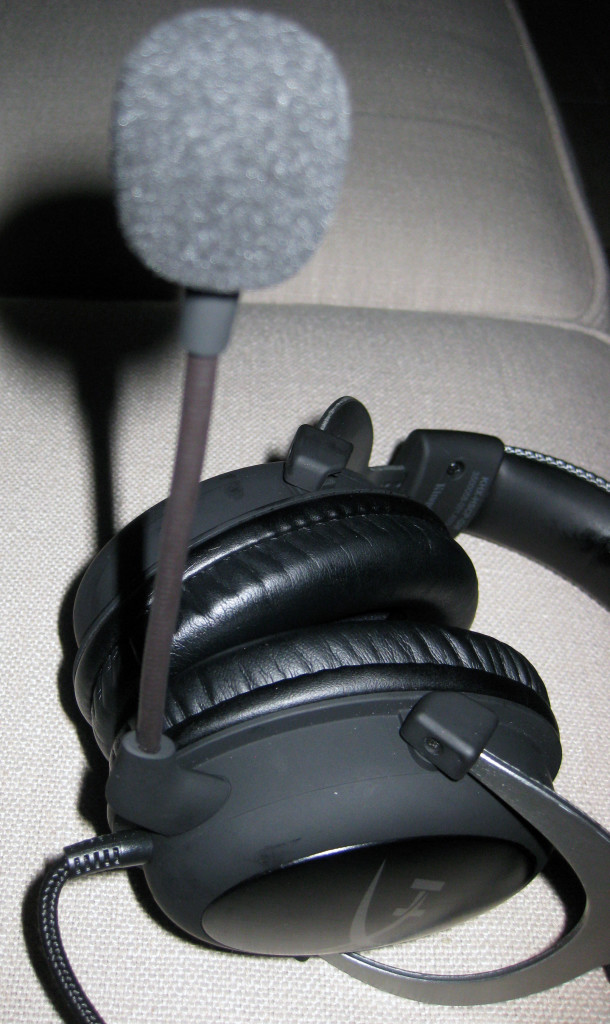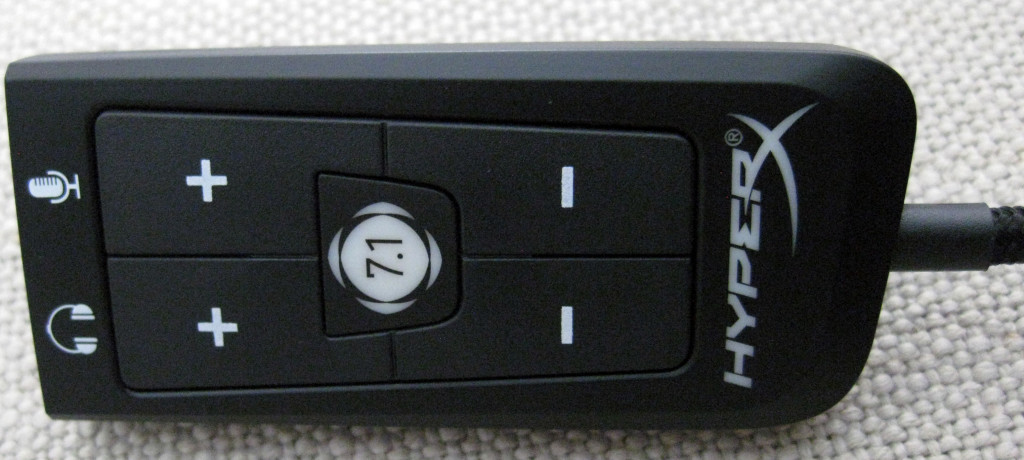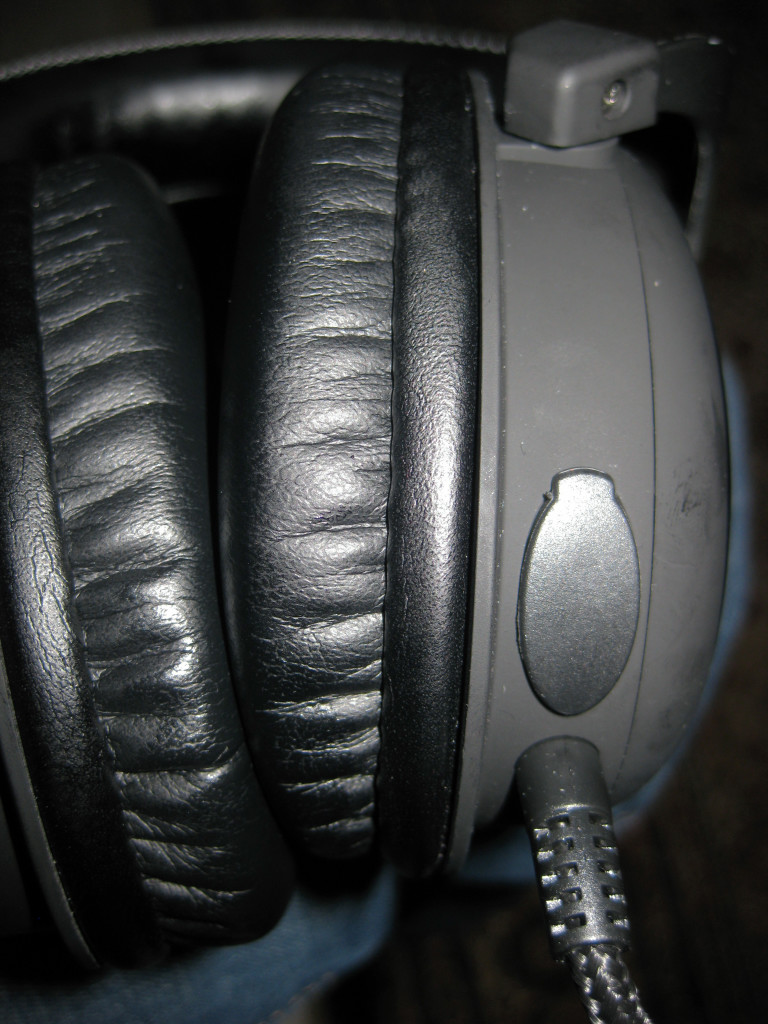Why Current Routers Are Substandard
Right now, there’s no perfect choice for consumers who are looking for a new router. Either the router won’t provide enough coverage, will have some issues maintaining a connection, or will have poor QoS (Quality of Service). Despite the fact that the majority of routers ship with most of their features intact, firmware updates are released so infrequently that any small bug can take months to resolve. This is a huge concern because within the next few years, the router may become the single most important component of the home computing experience.
Virtually all home networking routers are currently manufactured by a relatively small group of companies, all of whom purchase their chipsets from companies like Broadcom, Qualcomm Atheros, Quantenna, Celeno, and a few others. The most notable manufacturers in the consumer space are Netgear, ASUS, Linksys (now part of Belkin), Belkin, D-Link, Apple, TRENDnet, and Amped Wireless.
These companies’ latest products include ‘triple band’ AC routers that deliver 802.11ac in two 5 GHz bands and 802.11n in the 2.4 GHz band, usually with six antennas, such as the Netgear Nighthawk X6 and ASUS RT-AC3200. The routers also supposedly have bandwidth capabilities of up to 3.2 Gbps, despite the fact that the Ethernet port connecting the modem to the router is only capable of 1 Gbps.
Companies within the router industry label routers with terms such as AC1300, AC1900, AC2350 and AC3200, each of which indicate how many Mbps of bandwidth these routers are theoretically capable of providing. This means an AC3200 router would be 600 Mbps for the 2.4 GHz band, combined with two 5 GHz bands, each with 1300 Mbps of theoretical bandwidth. Together, those numbers combine to be 3.2 Gbps, even though realistically users can never see numbers like that, since no device can connect to all three bands simultaneously. Plus, when talking about connecting to the internet, the limitation will be based on the speed a person’s ISP provides, rather than the router’s bandwidth capabilities.
The need to have some level of overkill in terms of wireless performance makes sense when considering that signals weaken as devices are placed further away from the router, ensuring reasonable speeds even as some percentage of bandwidth is lost. However, many people buy these routers under the impression that they will be receiving a full 3.2 Gbps, and not something more like 300 Mbps or 181 Mbps.
Consumer routers have improved over time in terms of speed capabilities, number of ports, additional connectivity, and settings customizability. Despite all of these improvements, device support has taken a turn for the worse.
Although most routers ship with a basic 1 year warranty, it has become standard practice to only provide direct technical support for the first 90 days of a router’s use. This may be due to the fact that many consumers call their router manufacturer for assistance when their ISP is having a problem because they don’t know actually know what the difference is.
Even so, when a manufacturer provides a warranty on a product, they need to provide support up until that warranty period is over, for free. Apple is the exception in this case, as they have fantastic support for all of their consumer products, including routers. Also, Apple’s quality assurance seems to have much stricter standards than other consumer networking manufacturers, which means that frequent firmware updates are not as necessary for their routers.
Many router manufacturers won’t release firmware updates for their routers for months at a time, even when there are known firmware issues. Others will release firmware updates without thoroughly testing them, which causes them to put features into their routers that make them fundamentally insecure; ASUS’s countless security vulnerabilities being an obvious example here.
ASUS is no stranger to controversy, as they were accused of submitting fraudulent certification tests to the FCC in order for their routers to pass FCC certification. More importantly, their routers delivered higher signal output levels than the FCC allows (for safety concerns), and as a result, they seemed to perform better than their competitors in many reviews.
Eventually, the FCC found ASUS guilty of providing them with fraudulent certifications, and as a result, ASUS had to pay a $240,000 fine in order to ‘resolve equipment marketing investigations.’
The consumer wireless networking industry is fairly small, and most players simply do the same thing across the board, with just some minor differences in features. What these companies really need to start focusing on is improving customer service, as well as future technologies like MU-MIMO, which Linksys has already brought to market. Improved customer service also means squashing bugs through reliable and timely firmware updates and taking consumers’ concerns seriously. As more and more everyday devices and appliances start to utilize the internet for the first time, these companies will have to improve upon their routers that are quickly becoming an even more important component in the household.
Review: Kingston HyperX Cloud II Headset
Kingston has released a successor to the original HyperX Cloud headset, appropriately named the HyperX Cloud II.
The Cloud II released on February 9th 2015, in two color variants – gun metal and red (referring to the parts of the headset that connect to the earcups. The headset itself is black in both cases). Our review model, pictured below, is the gun metal variant which also includes some white stitching that contrasts nicely with the black of the headset and the gun metal aluminum parts. Also available for the Cloud II is a limited edition pink (which also refers to the earcup holders, the headset in this case is actually white).
The specifications of the new HyperX Cloud II headset are as follows:
Headset:
- Transducer Type: dynamic Ø 53mm
- Frequency Response: 15Hz–25,000 Hz
- Nominal SPL: 98±3dB
- Operating principle: closed
- Nominal impedance: 60 Ω per system
- H.D.: < 2%
- Power handling capacity: 150mW
- Sound coupling to the ear: circumaural
- Ambient noise attenuation: approx. 20 dBa
- Headband pressure: 5N
- Weight with microphone and cable: 320g
- Cable length and type: 1m + 2m extension
- Connection: single mini stereo jack plug (3.5 mm)
Microphone:
- Transducer Type: condenser (back electret)
- Polar Pattern: cardioid
- Frequency Response: 50-18,000 Hz
- Operating principle: pressure gradient
- Power supply: AB powering
- Supply voltage: 2V
- Current consumption: max 0.5 mA
- Nominal impedance: ≤2.2 kΩ
- Open circuit voltage: at f = 1 kHz: 20 mV / Pa
- THD: 2% at f = 1 kHz
- SPL: 105dB SPL (THD≤1.0% at 1 KHz)
- Microphone output: -39±3dB
- Length mic boom: 150mm (include gooseneck)
- Capsule diameter: Ø6*5 mm
- Connection: single mini stereo jack plug (3.5mm)
The headset comes in impressive packaging, and the box is of very high quality that can be kept for repeated use. Additionally, the Cloud II comes with a pouch to store the headset, cabling, and microphone attachment for convenience while travelling. The headset also includes a dual port adapter meant for use on airplanes, which is a nice feature to have.
The Cloud II headset itself is high in quality, and the metal part of the headset that connects the earcups to the band does a lot to enhance that feeling. It is very sturdy and fits well on the head.
The earcups in particular are very comfortable, with a leather-ish exterior and cushion that feels similar to memory foam. Kingston also includes alternate velvet-like earcups for people who prefer a different feel, which is also quite comfortable.
Even during extended use, the headset maintains its comfort. Personally, my experience with headsets is that they tend to become uncomfortable after wearing them for hours at a time, but this was not the case with the Cloud II. The headset is also well ventilated and did not cause sweat to build up during my usage.
Since the HyperX Cloud II is marketed as a gaming headset, it needs to provide solid audio quality, especially when it comes to mids and highs. Fortunately, the headset certainly delivers with crisp highs, clear mids, and even delivers tight lows, without any perceived distortion along the entire range. The variety of listening material tested included orchestra music, action movie sequences, and conference calls. While the headset is not comparable to active-noise cancelling headphones, it performed well at keeping out extraneous sounds and would thrive in a LAN environment.
The Total Harmonic Distortion, or THD, of the headset is rated at a respectable < 2% but its performance seemed better than some competitors who claim < 1%. This could possibly be due to the design of the overall headset and the pressure created by the loop, which ensures an effective noise isolation barrier from the external environment.
The Cloud II's microphone also provides excellent sound output, to the point that other participants in conference calls commented on the clarity of my voice. It also includes a windscreen which effectively filters out breathing sounds as well.
The headset also comes with a USB soundcard that includes a 7.1 Surround Sound option that can be enabled/disabled with the press of a single button. It also provides volume controls for both the audio and the microphone, and has a built in clip which allows for convenient access during gaming sessions.
With 7.1 Surround enabled, the audio appears to boost the mid-range slightly while also echoing it slightly out of phase to make the audio sound as though it is filling up the room around you. This is opposed to having the 7.1 Surround disabled, which causes the audio to sound as though it is emanating directly into your ears (which it is).
While listening to music, the 7.1 Surround enhanced orchestral music as it gave it a sense of presence, but for other music types I preferred to listen with 7.1 disabled. However, for both movies and games, the 7.1 Surround provided a really nice audio effect, making the action sound as though it was all around you.
It should be noted that the 7.1 Surround option is only available when plugged into the soundcard, requiring the use of USB as an input. If you want to use the 3.5mm connectors, you’ll have to forgo the soundcard.
A couple small complaints I have are that the microphone is detachable and the microphone cover is not attached to the headset. Since both the microphone and microphone cover are detachable, these pieces could be lost if it is not cared for properly. This is especially true for the cover, which could be easily misplaced due to its smaller size. Losing the microphone cover would be unfortunate, as it is required to prevent dust from getting into the headset when the microphone is unplugged. While having the detachable microphone provides the advantage of being able to plug any 3.5mm microphone into the headset, I would rather forgo this option in order to have a permanently attached retractable microphone.
At an MSRP of $99, the Kingston HyperX Cloud II headset provides a high quality headset at a good value. It boasts great audio quality, a clear sounding microphone, is very comfortable to wear, and feels durable and well built. The 7.1 Surround Sound USB card adds another level of customization, and the add ons and storage pouch that come with the headset make it an even greater purchase.

